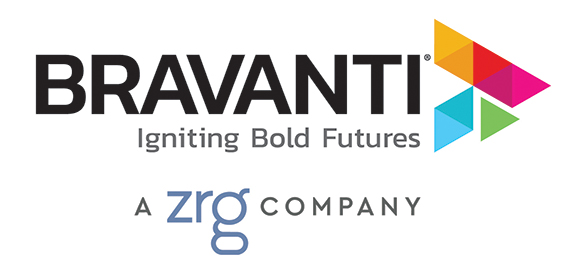Meetings are a microcosm of your company culture. In this setting, your employees come together to discuss ideas, problem solve, make decisions, and to be heard. It’s where culture forms, grows, and takes hold.
So, if your goal is to create an inclusive culture, meetings are a good place to start.
What Does an Inclusive Meeting Look like?
Before the Meeting
Review your attendee list to ensure it includes individuals with diverse or dissenting viewpoints.
Prior to the meeting, communicate the need for attendees to come prepared to share and listen.
Guarantee a seat for everyone at the table, literally and figuratively.
Establish meeting rules of engagement and hold all attendees accountable for them.
During the Meeting
During the meeting, make it a point to assure attendees that they can speak freely and offer dissenting opinions without fear of retribution.
Actively conduct meetings to ensure all voices are heard; step in when strong personalities over-reach, tamp down offenders, and encourage the more reserved attendees to actively participate.
When interruptions by dominant personalities do occur, politely but firmly redirect back to the individual who was interrupted by saying something like “Wait a moment, I am intrigued by what Janice was saying. Janice, can you finish that thought?”
After the Meeting
Summarize decisions and key points that were made during the meeting then share with the meeting participants. This will help ensure that everyone is on the same page and allow other to provide any additional insights.
Additionally, after the meeting solicit feedback from all participants. Use the feedback to help shape and improve future meetings.
Remember that inclusivity is an ongoing process, and it requires continuous effort and commitment. Model the behavior you expect to see from others.

